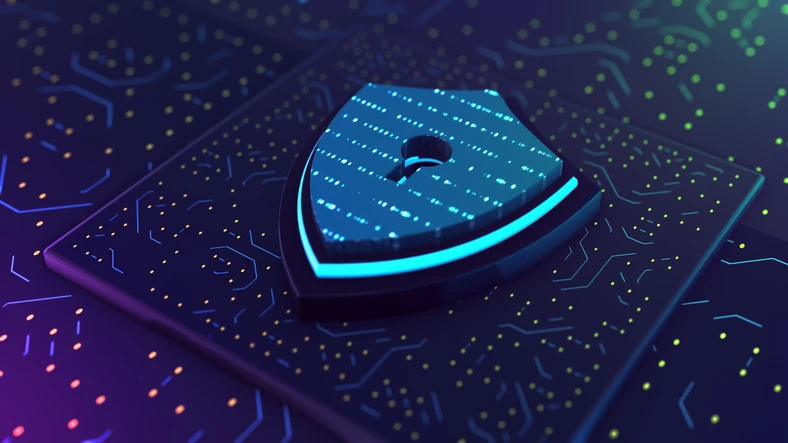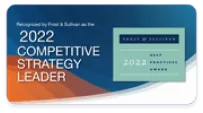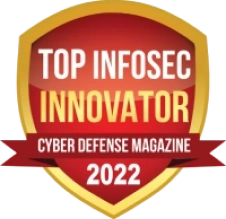Why IT Security Matters Today
With the explosion of remote work, cloud computing, and connected devices (IoT),the attack surface has expanded significantly. Modern organizations face:
- An increase in sophisticated cyberattacks like ransomware and phishing
- Rising costs of data breaches (average of $4.45 million per incident)
- Stricter regulations such as GDPR, HIPAA, and PCI-DSS
- A shortage of skilled cybersecurity professionals
A strong IT security strategy protects not only critical assets but also ensures compliance, customer trust, and business continuity.
IT Security vs. Cybersecurity vs. Information Security
These terms are often used interchangeably but have subtle distinctions:
| Term | Focus |
|---|---|
| IT Security | Protecting digital infrastructure and systems (hardware/software) |
| Cybersecurity | Guarding internet-connected systems against digital attacks |
| Information Security (InfoSec) | Protecting all forms of data (digital and physical) |
IT security is a subset of information security with a focus on digital systems and infrastructure.
Core Components of IT Security
- Network Security – Safeguards internal networks using firewalls, VPNs, intrusion detection/prevention systems.
- Endpoint Security – Protects devices (laptops, servers, mobile) via antivirus, EDR, or XDR solutions.
- Application Security – Ensures software is secure throughout its lifecycle using tools like code scanning and WAFs.
- Data Security – Uses encryption, access controls, and data loss prevention (DLP) to secure sensitive information.
- Cloud Security – Defends cloud infrastructures through IAM, encryption, and Zero Trust principles.
- Identity & Access Management (IAM) – Enforces MFA, SSO, and role-based access to minimize unauthorized access.
- Incident Response & Recovery – Plans, detects, and mitigates security breaches quickly to minimize impact.
Common IT Security Threats
- Malware – Includes viruses, Trojans, spyware, and rootkits that damage or exploit systems.
- Ransomware – Encrypts data and demands payment for decryption keys.
- Phishing – Deceptive emails or messages tricking users into revealing sensitive information.
- Insider Threats – Employees or contractors misusing access (intentionally or accidentally).
- DoS/DDoS Attacks – Disrupt service availability by overwhelming systems with traffic.
- Advanced Persistent Threats (APTs) – Stealthy, targeted attacks often carried out over a long period.
- Zero-Day Vulnerabilities – Exploits in software before the vendor is aware or able to patch.
- Social Engineering – Manipulating users into breaking standard security practices.
- Password Attacks – Using brute-force, dictionary, or credential-stuffing methods to breach accounts.
- Supply Chain Attacks – Targeting third-party software or vendors to compromise systems.
- IoT Vulnerabilities – Exploiting weak or unpatched internet-connected devices.
IT Security Best Practices
- Implement a Zero Trust architecture – Never trust, always verify, even inside the network.
- Use encryption – Encrypt data at rest and in transit.
- Enable MFA – Require multi-factor authentication for all sensitive accounts.
- Patch and update regularly – Fix known vulnerabilities to reduce exploit risks.
- Monitor continuously – Deploy SIEM, EDR, or XDR tools for real-time threat detection.
- Train employees – Run regular security awareness and phishing simulation programs.
- Develop an incident response plan – Ensure fast, coordinated action when threats arise.
- Back up data – Maintain clean, offline backups for disaster recovery.
- Limit access – Follow the principle of least privilege in all systems.
Compliance & Industry Standards
IT security supports adherence to regulations and industry frameworks such as:
- GDPR (General Data Protection Regulation)
- HIPAA (Health Insurance Portability and Accountability Act)
- PCI-DSS (Payment Card Industry Data Security Standard)
- ISO/IEC 27001 – Information Security Management
- NIST Cybersecurity Framework
Failure to comply can result in fines, legal consequences, and damage to one's reputation.






